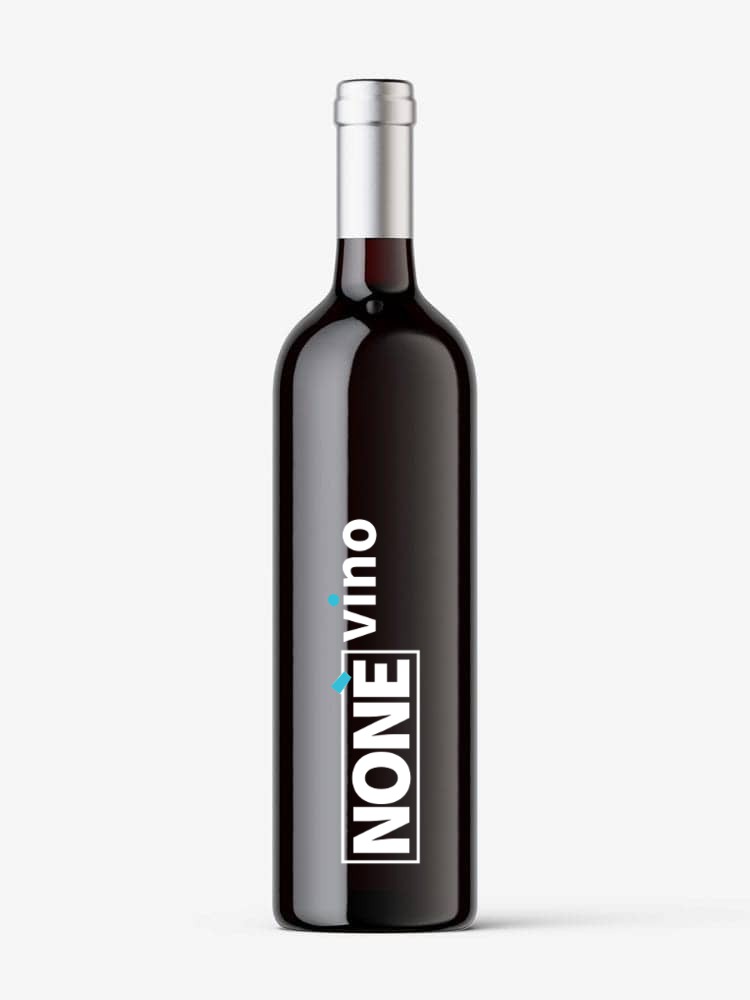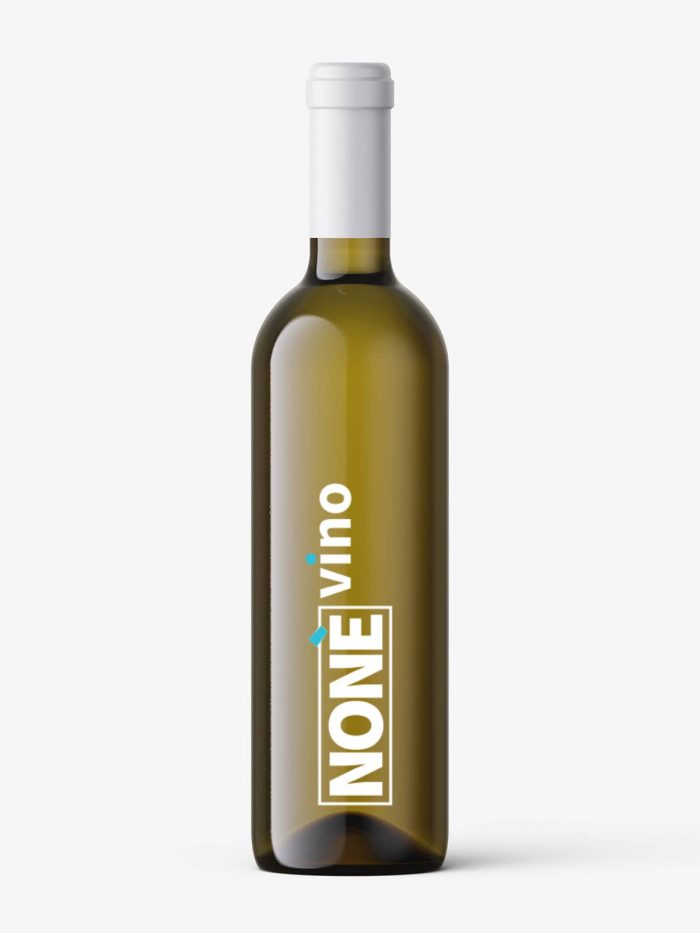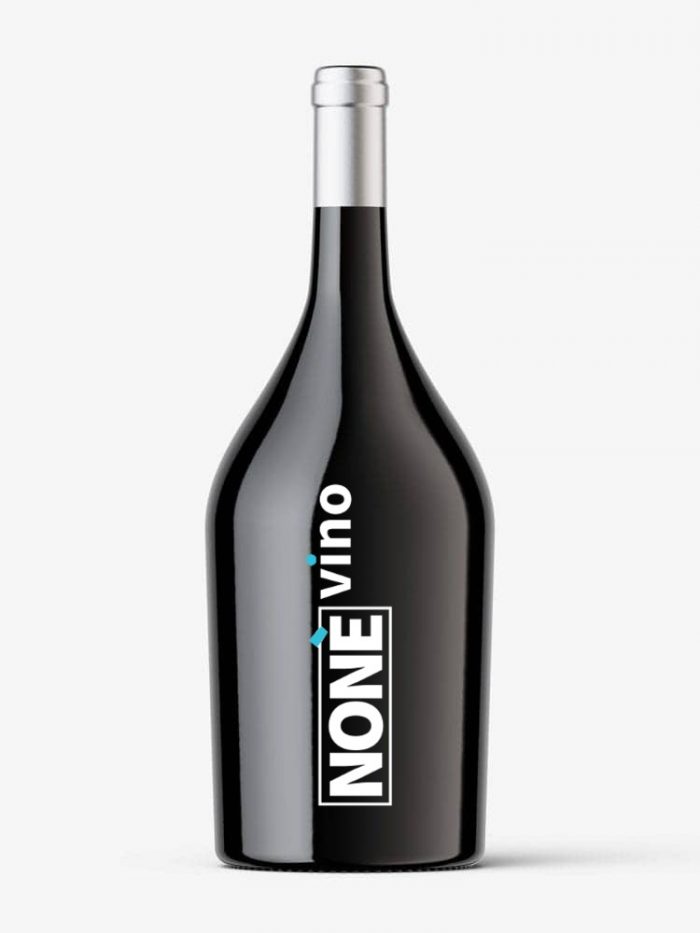During the vinification phases, only loyal and constant oenological practices of the area are allowed, suitable to give the wines their particular quality characteristics.
The oenological practices of vinification of DOC Sannio wines include, among other things, that:
– The maximum yield of grapes into DOC Sannio wine must not exceed 70%; if these parameters are exceeded within the 5% limit, the excess will not be entitled to the DOC. Beyond these limits the right to DOC for the whole product lapses. For the Passito type, the grape / wine yield must not exceed 40%.
– In the designation of DOC Sannio wines, the term ” Vigna ” may be mentioned as long as it is followed by the relative toponym and certain winemaking practices are respected.
The grapes destined for the production of Sannio Passito DOC wines must be subjected to natural drying .
– The DOC Sannio Spumante Metodo Classico wines must be obtained through refermentation in the bottle with permanence on the lees for a period of at least 12 months.
– The DOC Sannio Novello wines must be obtained with at least 70% of wine coming from the carbonic maceration of the grapes.
The Sparkling Sannio DOC wines must be obtained with the natural refermentation method .
– The DOC Sannio Rosso Riserva and Aglianico Riserva wines must be subjected to mandatory aging for at least 24 months.
On the labels of each type of DOC Sannio wine it is compulsory to report the year of production of the grapes, with the exception of the Spumante types.
Based on the findings and studies carried out, it can be said that the cultivation of vines in the province of Benevento has ancient origins dating back to the 2nd century BC. In the village of Dugenta an impressive deposit was found, with its production oven, of amphorae used for the conservation and trade of wine. Scholars have agreed that this was certainly an amphora factory built in an area particularly suitable for the production and marketing of wine, located along the left bank of the Volturno river, which is a tributary of the Calore river that crosses the entire province of Benevento.
According to the studies carried out by Attilio Scienza, a strong class of wine producers of Samnite origin would have been present in the ethnic composition of Pompeii, confirming that the culture of wine in the Sannio was contemporary if not earlier, to Roman times.
The Sannio for many centuries has represented the natural link between Puglia and Campania. Through the paths of transhumance the Samnites got to know the world of Abruzzese and Pugliese wine through which they brought the Greek vines of Epirus to the Sannio. Attilio Scienza affirms that of the Samnite wine we find quotations from comic Plato, an Athenian playwright of the second half of the 5th century BC, who spoke of the excellent Benevento wine with a slight smoky aroma .
Another important testimony that the Samnites dedicated themselves to the cultivation of vines and the production of wine, is that when at the end of the fifth century BC families of Samnite lineage settled in the Volturno Valley, there was an economic development of this area thanks to the production of Trebula balliensis, as referred to by Plino the Elder in his Naturalis Historia.
In the Benevento area, as in the rest of Campania, viticulture experienced a crisis due to the change in the taste of the Roman market which discovered the lighter and more fragrant wines of northern Italy and Gaul.
The first Gallic wine arrived in Rome in 79 AD A reversal of the trend occurred only around 500 AD thanks to the Lombards, who not only imported vines of Pannonian origin, but protected the vines from explanting even with the death penalty.
Charlemagne also took care of the vine through the Capitulare de Villis, but it was thanks to the church that around the year 1000 there was the definitive relaunch of vine cultivation which also involved the Samnite territory. It was a priest, the bishop of Benevento Landulfo, who demanded that vineyards be planted near each monastery, favoring the revitalization of viticulture especially in the Solopaca area as evidenced by the presence of wine sellers in documents dating back to 1100.
In this period, and up to 1400, many Benevento wines thanks to the possibility of exploiting the navigable rivers that crossed the province, the largest wine sorting ports for the whole Mediterranean and the seas reached the ports of Gaeta and Naples of the North. In those years, huge quantities of wine were transported to Naples from the hinterland of Benevento and Avellino, and together with the still wines, sweet wines were also transported in great demand by the European market at that time.
From this it can be deduced that the province of Benevento produced wines that satisfied the various demands of the market, in fact the wine of Cerreto Sannita was considered very valuable together with that of Solopaca, Frasso Telesino, Melizzano and were sold on the regional and extra-regional market; those of Sant’Agata dei Goti were sold only on the provincial market, while in Guardia Sanframondi a sweet and fortified wine similar to that of Malaga was produced.
At the beginning of the eighteenth century there is evidence of an excellent wine also produced in the municipalities of Pontelandolfo, Baselice and Foiano in Val Fortore. In 1872 a great scholar, Giuseppe Frojo, began to talk about the vine in a scientific
sense and argued that the best grapes of the Campania region were Pallagrello, now widespread only in the province of Caserta, but he also praised the Aglianico, Sciascinoso, Piede di Colombo (Piedirosso), Greco and Fiano, all vines grown in the province of Benevento.
About twenty years after Frojo, the Ministry of Agriculture made an accurate analysis of the grapes present on Samnite territory. Aglianico remained the predominant grape variety, followed by Piedirosso, Aglianicone, Gigante, Mangiaguerra, Tintiglia di Spagnala Vernacciola and Sommarello. Among the white berried wines there are Bombino, Amoroso bianco, Passolara, Greco, Malvasia, Moscatello and Coda di Volpe. In this period the wine produced is destined for internal consumption, as a bourgeois class more attentive and sensitive to good food was being born in the province of Benevento, but also transported to northern Italy as much appreciated and in demand.
After the unification of Italy, other types of national and international vines are also grown in the Samnite vineyard such as Sangiovese, Barbera, Cabernet Sauvignon, Malbek, Sirah, Erbaluce, Semillon, Pinot and Riesling from the Rhine. After the two great world wars, there was an awakening in all the productive sectors that also influenced the agricultural one, and in the province of Benevento it happened that the peasants, until then only owners of the land, also acquired the properties. In this period the grape production increased significantly. The DOC Sannio wine obtained the recognition of the Controlled Designation of Origin on 5 August 1997.







